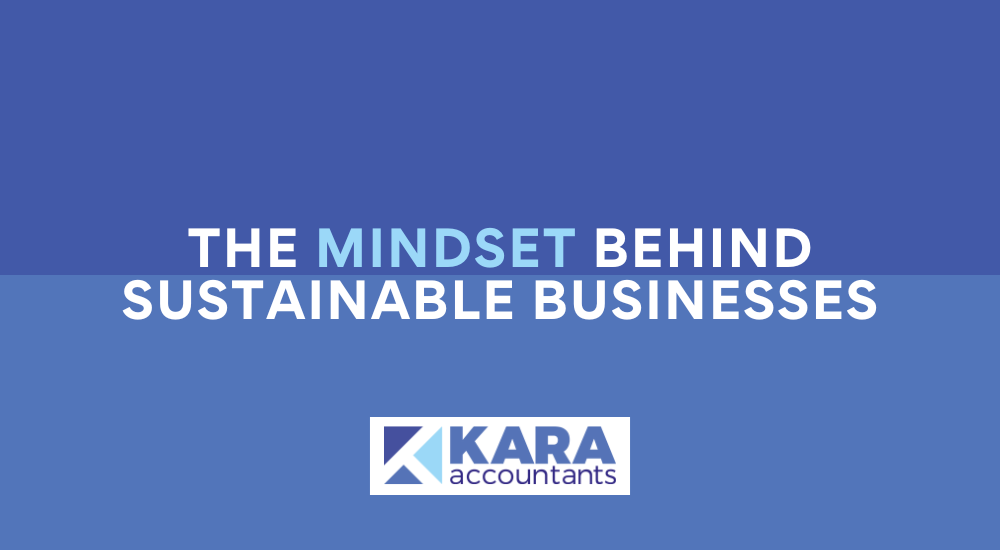
The Mindset Behind Sustainable Businesses
Every small business faces challenges. But over time, a clear distinction emerges between those that survive—or even thrive—and those that seem to operate in a constant state of financial stress. Surprisingly, it’s often not about how much revenue a business earns, but about the mindset that guides its financial decisions.
In this post, we’ll explore the critical mindset shift that separates sustainable businesses from those that are always one invoice or emergency away from trouble. We’ll also identify specific financial habits and decision-making patterns that define proactive entrepreneurs compared to their reactive counterparts.
Proactive vs. Reactive: A Financial Lens
✅ Proactive Business Owners:
- Use their financials as a strategic tool.
They don’t just review their books at tax time—they use monthly reports to evaluate performance, plan for growth, and adjust course. - Make decisions with data, not emotion.
They know their cash flow trends, cost structure, and break-even point, which allows them to make clear-headed choices, even under pressure. - Plan for taxes year-round.
They set aside funds regularly and engage in quarterly reviews, so tax season brings clarity—not panic. - Invest intentionally.
Rather than chasing every opportunity, they evaluate ROI before committing to new expenses, software, staff, or marketing strategies. - Build buffers.
They view an emergency fund, operating reserve, or credit facility as essential infrastructure, not a luxury.
🚨 Reactive Business Owners:
- Only look at financials when there’s a problem.
They operate on gut feeling or bank balance, not reports or forecasts. - Struggle with surprise expenses.
Because there’s no proactive tax or cash flow planning, even predictable events—like quarterly taxes or annual renewals—create stress. - Chase revenue without understanding profitability.
They equate being busy with being successful, even when the margins don’t support it. - Make decisions under pressure.
Reacting to short-term crises often leads to cutting vital services, underpricing, or overextending. - Avoid delegation or expert input.
Whether due to budget concerns or control issues, they resist outsourcing financial oversight—until it’s too late.
The Core Mindset Shift: From Surviving to Steering
The key difference between sustainable and struggling businesses isn’t perfection—it’s intention. Sustainable businesses are run by owners who choose to lead their business with clarity, not just respond to what happens next.
This mindset shift requires:
- A willingness to look at the numbers regularly, even when they’re uncomfortable.
- A belief that financial literacy is part of leadership, not an optional skill.
- The courage to make long-term decisions in a world that rewards short-term wins.
How to Start Thinking Like a Sustainable Business Owner
If you’ve been in reactive mode, you’re not alone—and it’s never too late to shift. Here are three steps you can take right now:
- Commit to a monthly financial review.
Even a 30-minute check-in on revenue, expenses, and cash flow can dramatically change your decision-making. - Work with a trusted advisor.
Whether it’s a bookkeeper, accountant, or CFO, having someone who can interpret your numbers is a game changer. - Build systems, not just habits.
Automate tax savings, set calendar reminders for reports, and use templates for decision-making (e.g., cost-benefit analysis or ROI checks).
The most successful business owners aren’t the ones who never face challenges—they’re the ones who plan for them. By shifting from a reactive to a proactive financial mindset, you give your business the foundation it needs to weather uncertainty, invest wisely, and grow with purpose.

This Post Has 0 Comments